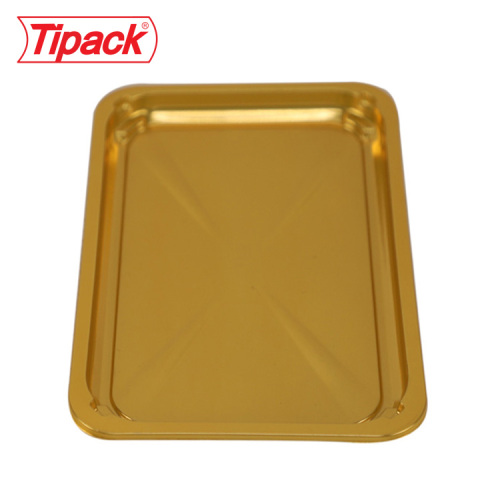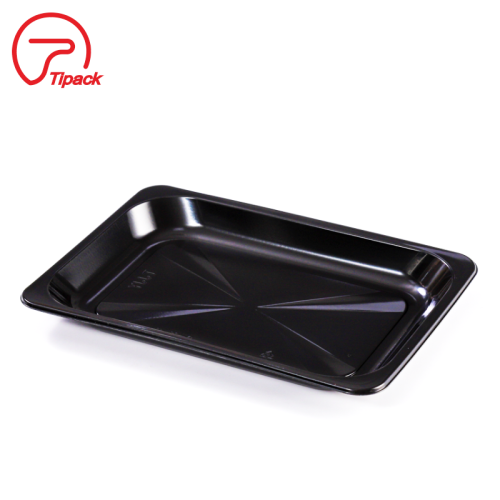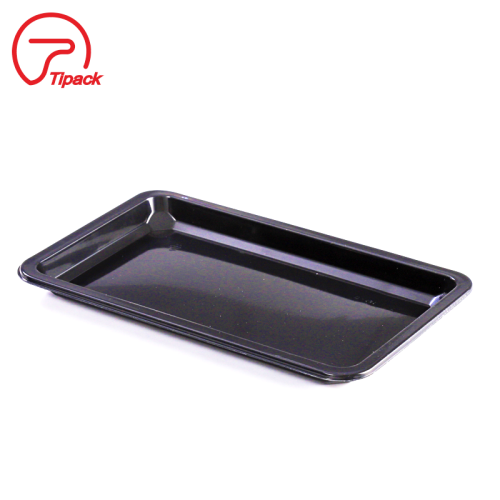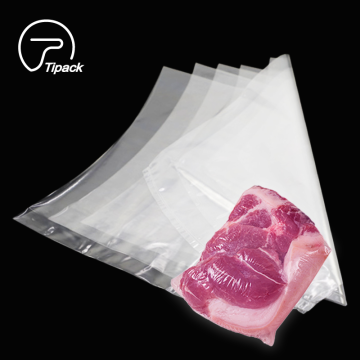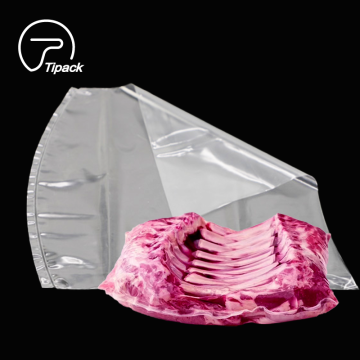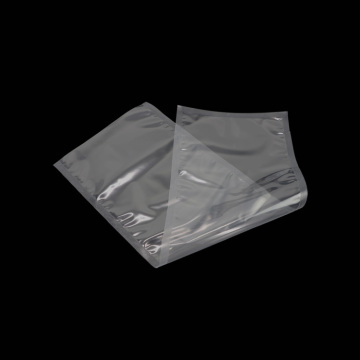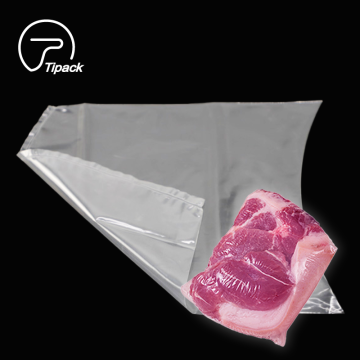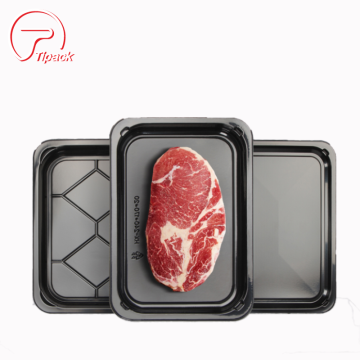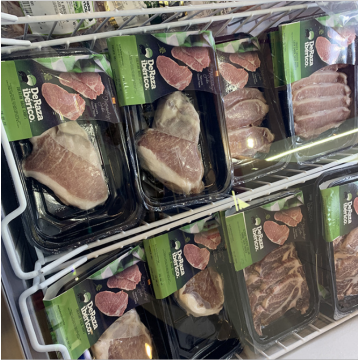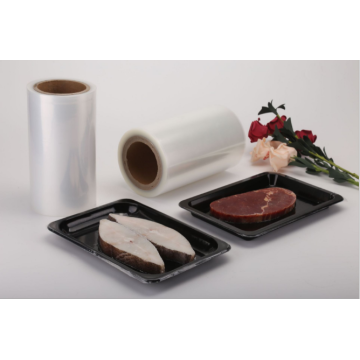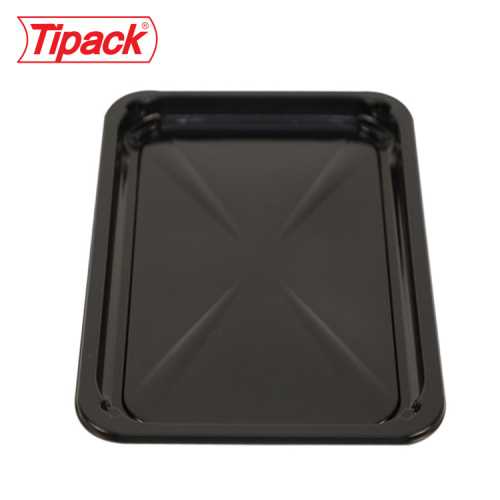
Meat Skin Packaging Oxygen Barrier VSP Plastic Tray
- Transportation:
- Ocean, Land, Air, Express
- Port:
- Shanghai, Ningbo, Yiwu
Your message must be between 20 to 2000 characters
Contact Now| Place of Origin: | China |
|---|---|
| Productivity: | 1,000,000pcs per month |
| Supply Ability: | 1,000,000 Pcs per month |
| Payment Type: | L/C,T/T,D/P,D/A,Paypal,Money Gram,Western Union |
| Incoterm: | DAF,Express Delivery,DDU,DDP,DEQ,CIP,CPT,FCA,FAS,EXW,CIF,CFR,FOB |
| Certificate: | ISO 9001:2015 |
| HS Code: | 3923100090 |
| Transportation: | Ocean,Land,Air,Express |
| Port: | Shanghai,Ningbo,Yiwu |
VSP Trays, also known as Vacuum Skin Packaging trays, are a type of packaging that uses a vacuum-sealed film to create a tight fit around the product being packaged. This creates a skin-tight seal, which can help to preserve the freshness and flavor of the product, as well as extend its shelf life.
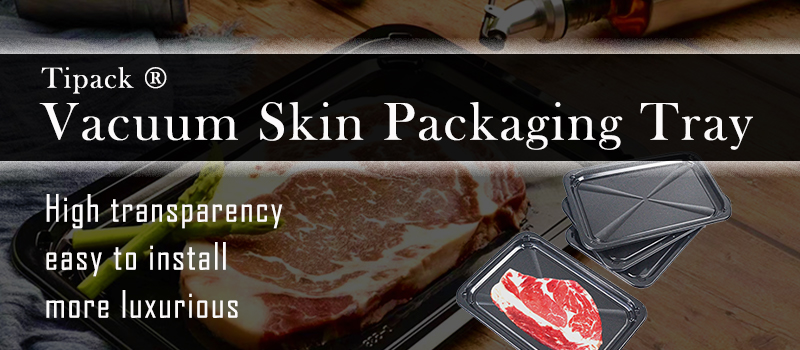
EVOH barrier VSP trays are a type of VSP tray that use a film made from ethylene vinyl alcohol (EVOH), which provides an additional barrier against oxygen and other gases that can cause food to spoil. EVOH Barrier VSP Tray is often used for packaging fresh or processed meat, seafood, and other perishable foods.
Beef Steak Skin Packaging is a specific application of VSP trays that is commonly used for packaging beef steaks. In this type of packaging, the beef steak is placed on a tray and covered with a vacuum-sealed film that conforms tightly to the contours of the steak. This creates a skin-tight seal that helps to preserve the flavor and freshness of the steak, while also enhancing its visual appeal.
Difference Between MAP and VSP
Although MAP and VSP look similar, they use fundamentally different processes to protect food from contamination. The MAP process adjusts the air composition in the package to reduce oxygen levels, thereby limiting the potential for oxidation and microbial growth. This is done with a machine that removes the ambient atmosphere around the food and replaces it with a low-oxygen gas mixture. MAP packaging is ideal for bakery, dairy, production, ready-to-eat meals. VSP, on the other hand, removes all ambient air around the product and does not replace it with another gas or air mixture. VSP significantly reduces or eliminates any exposure of the product to any oxygen and also allows the product to adhere more tightly to protective trays and protective films, reducing the risk of physical damage and extending product shelf life.
A high-quality VSP Tray should have a barrier layer, usually made of an oxygen-barrier material EVOH, which can block oxygen and never extend the shelf life.
It is better to use with high barrier Skin film.
Tipack can also provide packaging machines for VSP packaging to customers.
VSP is generally the preferred packaging choice for the following situations:
meatpoultry
seafood
ready meal
Related Keywords


